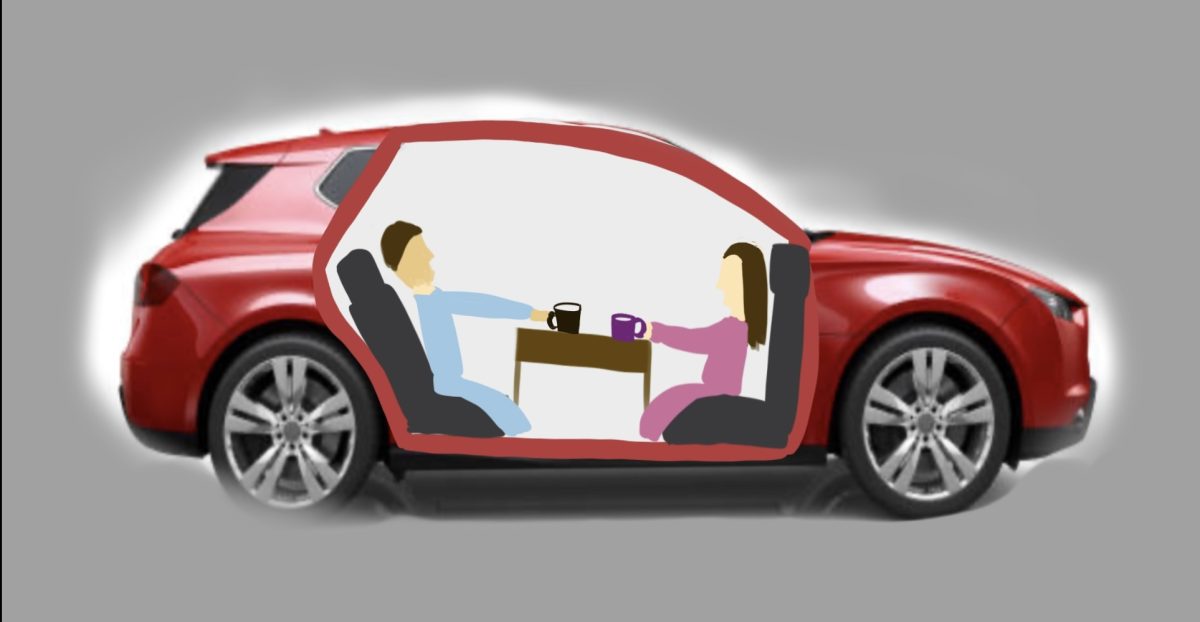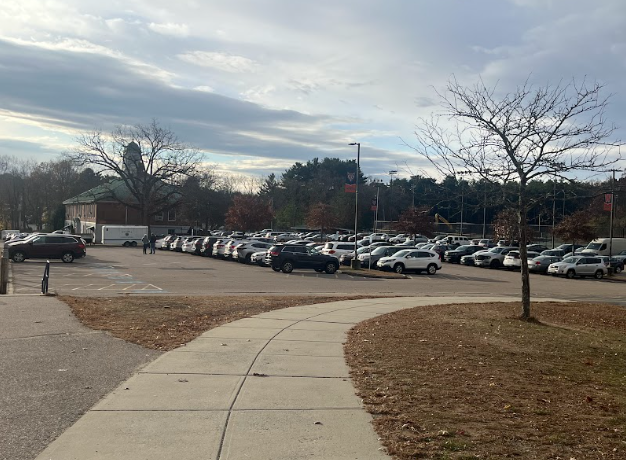
The concept of taking a gap year was recently brought to national attention after President Barack Obama announced that his oldest daughter, Malia Obama, would be taking a gap year following her high school graduation. Malia will be graduating this year, but she will begin college a year later than her peers, enrolling at Harvard University in the fall of 2017. Malia, though a prominent figure, is far from an anomaly in terms of her post-high school plans.
Her choice raises a few important questions: What exactly is a gap year, and should more students consider taking one before college?
A gap year is a period of time (typically one year) when some post-high school students take a year off before entering college or joining the workforce. Most students who choose to take a gap year do so in order to travel, take a break from the stresses of school, or gain work and personal experience. In terms of the Walpole High community, students and faculty should continue to make improvements in terms of understanding and exploring gap year options. These improvements could help students who may benefit from the break of a gap year, and they could also help to instill a sense of confidence in students who are looking for a more non-traditional post-high school experience.
In a survey conducted by The Rebellion, many students said that they would consider taking a gap year for various reasons. “If I took a gap year, I would consider doing volunteer work in a developing country,” said senior Julia Bagley. Senior Matt Moriarty similarly said, “I would have liked to take a gap year to travel and learn about subjects not touched upon in school.”
One student from Walpole High actually has plans to take a gap year. “I absolutely do not want to go right back into school after 12 years of it,” said senior Kyra Arsenault. “I think gap years can give you a chance to find what you’re passionate about, or at least become mature enough to be ready to take on four years of college and take them seriously.”
In regards to her post-high school plans, Arsenault will be taking a gap year to volunteer with the Americorps. “What I’m doing is a dream come true,” said Arsenault. “I get to work with kids in inner-city schools all year, and maybe I’ll have an impact on one kid who decides to work hard in school instead of dropping out, just by showing them love and belief in their potential.”
The option for a gap year has become a more viable option and many others have become more accepting of the idea in general. According to the American Gap Association, interest in gap years has steadily increased recently. AGA also reports that 90 percent of students who take a gap year enroll in college within a year. Therefore, the WHS community should understand the benefits of gap years and embrace them as a beneficial option.














